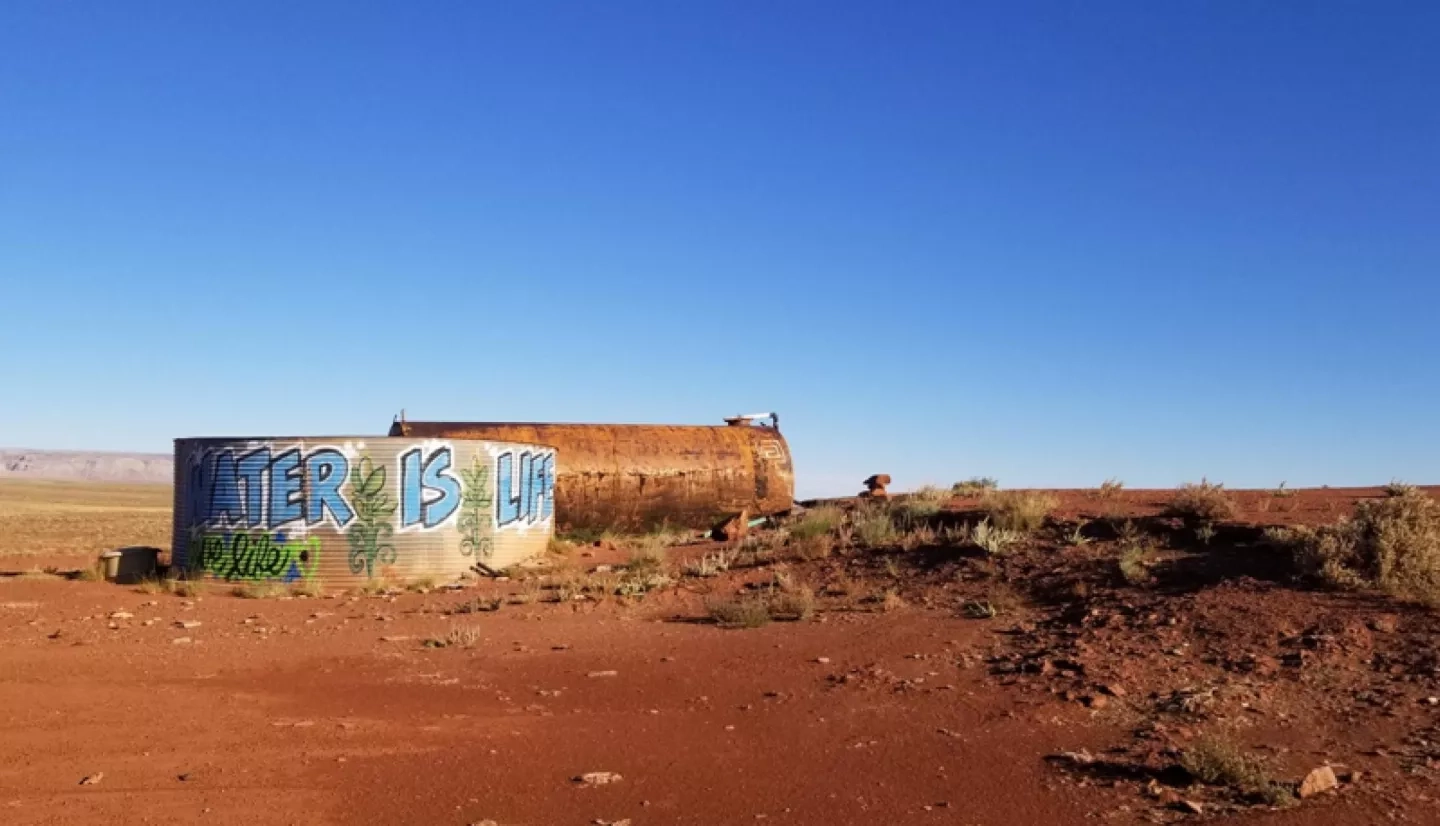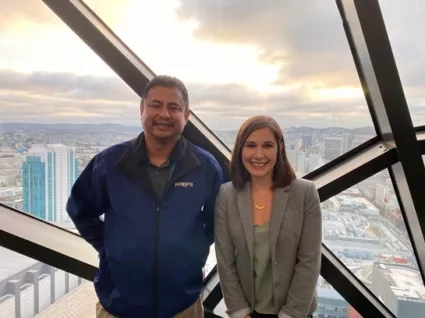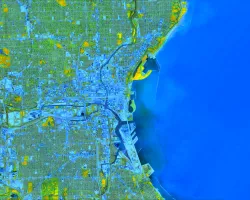The combined efforts of two Earth Applied Sciences program areas, Capacity Building and Water Resources, were featured for their work in Indigenous communities in the NASA.gov article “Blending science and tradition: Sharing remote sensing technologies with Indigenous communities and their land.”
Cindy Schmidt created NASA’s Indigenous Peoples Capacity Building Initiative through the Capacity Building program area as a resource to assist Indigenous communities’ use of satellite data for natural and cultural resource management. Working with Schmidt on the initiative is Amber McCullum, the lead for the Navajo Drought project within NASA’s Western Water Applications Office. Schmidt and McCullum are both research scientists with NASA's Ames Research Center, one of ten NASA field centers, located in the heart of California's Silicon Valley.
Together, they work with Indigenous leaders and discuss challenges tribal nations face in managing their natural resources and where NASA satellite data can be used. Schmidt and McCullum regularly attend on-site meetings and conduct trainings with tribal members around the country to better understand the different needs and issues specific to each tribal nation, such as climate change, forestry and water management.
More about the initiative can be found at the website for the Indigenous Peoples Capacity Building Initiative.





